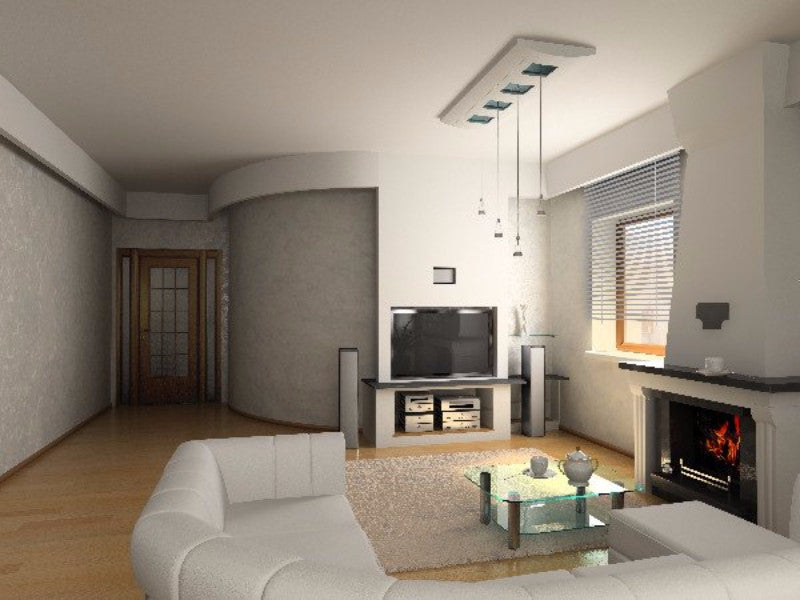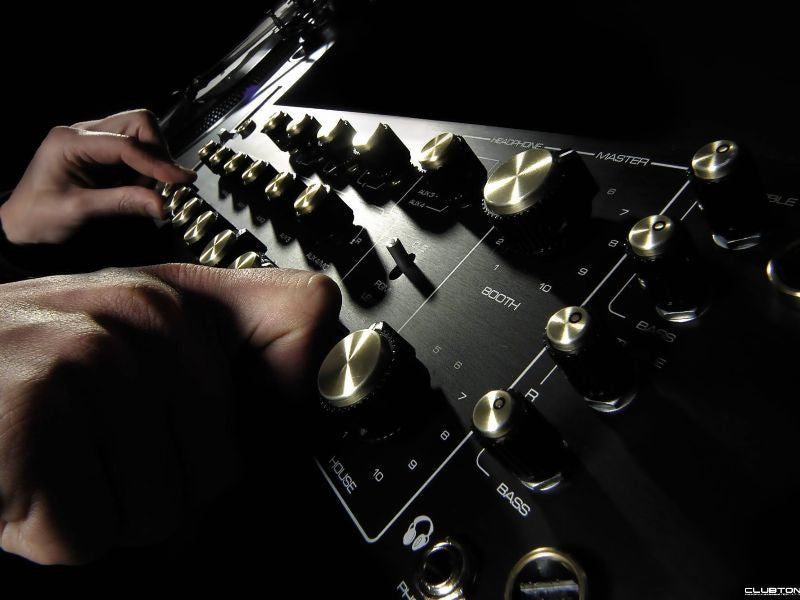Soundproofing tips:
-
Cut Down on the Noise:
If and when you need a replacement for an appliance, opt for quiet appliances. Manufacturers have picked up on this problem and newer, premium models are built specifically to cut down on the noise emanating from these appliances. There is a stark difference between the noise made by conventional fans, dishwashers and the typical noisy appliances and their quiet counterparts. If a replacement is not required, listen for rattles, buzzing, vibrations and other noises made by your home appliance. If something is unusually loud, get it fixed. Rattles and unnecessary vibrations can also be curbed by getting a sturdier stand. - Walls: Hard surfaces reflect sound waves. These sound waves interfere with the primary sources, ie the speakers, and create unnecessary distortions. Soft surfaces absorb sound waves. Opting for dry walls, acoustic panels and padded carpeting instead of hardwood, tiles and laminates can bring about a world of difference to the acoustics of your room.
- Ceilings: With ceilings, the most effective way to minimise noise is to combine a number of different acoustic treatments. Acoustic tiles and the drop-ceiling treatments offer excellent results.
- Doors and Weather-strips: The largest cavity in most walls is the doorway. Most interior doors have hollow cores and, thus, are ineffective at blocking sound. Solid doors are the most effective way of keeping noise from moving from one room to the next. Even then, most of the sound doesn’t come through the door, it comes from around the door. This makes it necessary to install weather-stripping or door soundproofing to provide a seal. Usually, adhesive-back high-density foam tape works great. A solid door with weather-stripping can help you achieve a Sound Transmission Class rating of around 35.
- The Bass: Small, untreated rooms is host to the total accumulation of mayhem at low frequencies. The existence of room modes, speaker-boundary effects and other distortions result from the low frequency waves trying to exist in small rooms. Room modes are the natural resonances resulting from the room geometry. These resonances mask some tones and emphasise others. Certain frequencies decay slower than others and cause the phenomenon of “one note bass”. The speaker boundary effect is caused when the reflected wave interferes with the source. This causes deep dips in the bass response. Bass absorption through “bass trapping” and speaker placement are the surest ways of ridding your room of these problems. Bass traps are placed at the room corners and heavier traps can even nullify the effect of room modes.
- Decoupling: Decoupling is the act of mechanically separating the two sides of an object to make it harder for sound to pass through it. While you’re cutting all the interference, it is good to start at the source. Decouple your speakers and subwoofers from your desk or floor by placing a dense platform under them. This will prevent the furniture to resonate with the speakers. It will also cut the bass which would travel through the walls and the floor to other rooms.
- Flanking and Indirect Leaks: Sometimes sharing walls with neighbours can be irritating. You can put in the thickest of materials between you, but the sound will continue to reach you. Sound can travel around boundaries. This is called flanking. Sound moves through space using direct and indirect paths, ie the joints, studs, pipes, concrete and glass. The floor frame may also be accomplice to indirect sound. Consider acoustic proofing the ceiling to minimise this. To minimise sound propagation through air ducts, add insulated flexible ducts instead, and make the ducts run as long as possible.
- Diffusion: Diffusers placed in your room will treat sound without absorbing them. Diffusers, instead of reflecting the sound all at once, diffuse the sound and reflect the sound to your ears at different intervals. Placing diffusers retains some “life” in your room. They also bring about a musical, airy feel to the sound. Recording studios, usually, use thick bass absorption on the rear wall, but many use diffusers on the top to scatter high frequencies -this brings about a sense of spaciousness in the room.
- Reverberation Time: Large public spaces or empty lofts have a characteristic trait - the distinctive ringing sound called the flutter echo. This phenomenon - called reverberation - occurs when waves bounce back and forth between the walls, ceilings and floor and persist in the air, slowly decaying by being absorbed.The liveliness of the room is measured by the reverberation time (RT60). RT60 is the measure of the time it takes for the sound pressure level to decay by 60 dB. Small rooms don’t have true reverberation. A small room has a decay time between 0.1 and 0.3 seconds. A control room or a listening room ranges between 0.2 and 0.5 seconds. Classical music dictates something between 0.4 and 0.5 seconds and if you’re listening to rock the range should be between 0.2 and 0.3 seconds. To control reverberation, hang large textiles and wall arts on the parallel walls. Bookcases and area rugs also cut down on the reverberation.
- Position: Ideally, you are trying to create a reflection free zone around the listening position. The reflection free zone means that you listen the sound directly from the speakers, instead of it interfering here and there. Don’t sit yourself too close to the walls, or keep the speakers near any wall. Seat yourself along the longer part of the room, this lets the lower frequencies develop.






Comments
0 comments